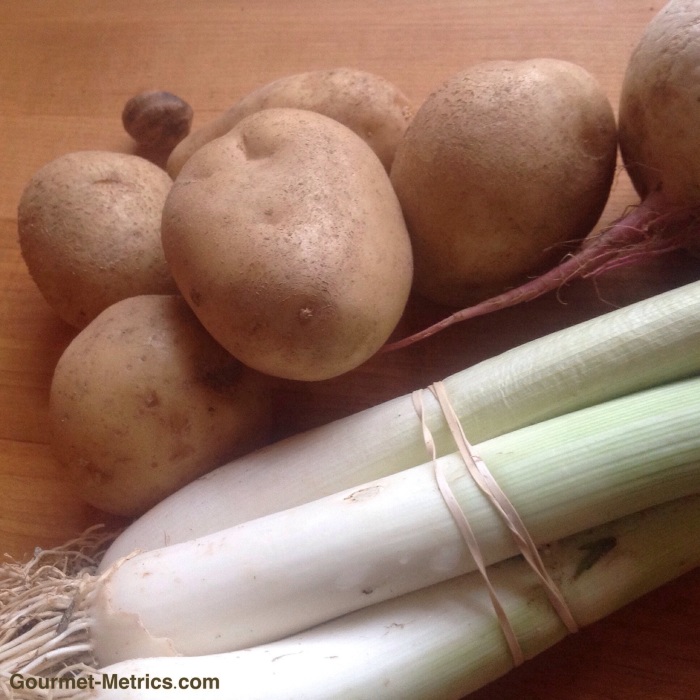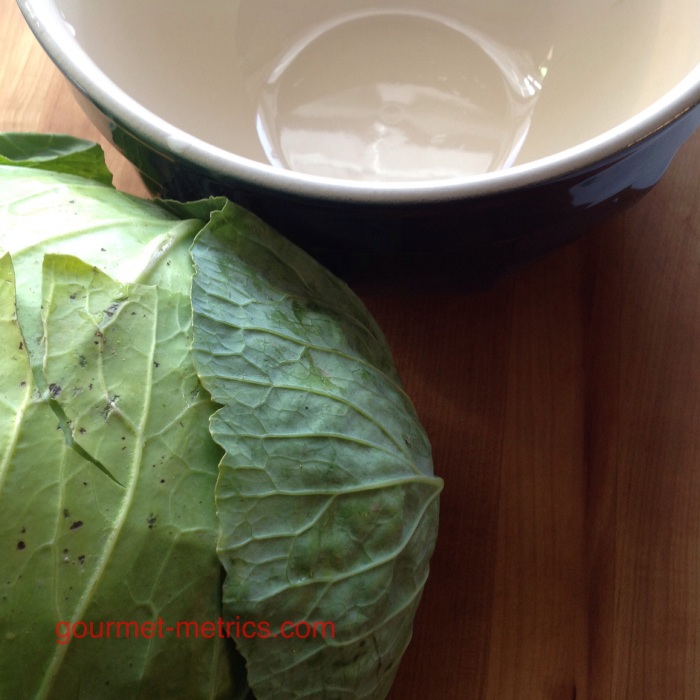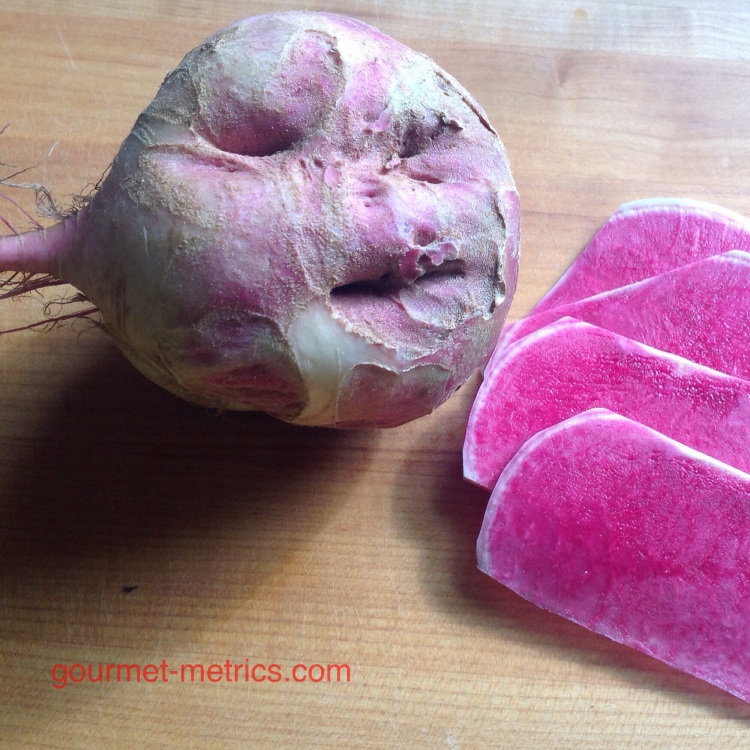 The artichoke may be the most daunting vegetable to challenge human culinary creativity. Thorny on the outside. Tough and fibrous on the inside. Except of course for the tip of each leaf and that artichoke heart which is savory, delicate, but inedible unless the choke is removed. The artichokes pictured above are French from a farmers market just outside of Paris. But they look just like the artichokes I used to eat growing up in California.
The artichoke may be the most daunting vegetable to challenge human culinary creativity. Thorny on the outside. Tough and fibrous on the inside. Except of course for the tip of each leaf and that artichoke heart which is savory, delicate, but inedible unless the choke is removed. The artichokes pictured above are French from a farmers market just outside of Paris. But they look just like the artichokes I used to eat growing up in California.
My preferred preparation is to steam artichokes and serve them cold or room temperature with a dressing part whole milk yogurt and part commercial mayonnaise.
But 66% calories UPF! How is that possible? How can such a simple preparation be so significantly ultra-processed? The answer is because it’s customary to count UPF by weight when describing supermarket shelf space but to count UPF by calories when describing consumption.
That means we need to check both ingredients and calories. The artichokes themselves are minimally processed of course. My plain yogurt is processed. Milk becomes yogurt through fermentation, a traditional processing method that preserves whole milk by means of lactic acid.
The culprit is the commercial mayonnaise. I make the dressing 2 parts yogurt to one part mayonnaise. By weight, the mayonnaise constitutes only 12% UPF of the weigh of the sauce. By calories, the numbers look a lot different however. The ingredients for a good off the shelf mayo starts with oil, usually soybean or canola, eggs, vinegar, salt, sometimes sugar, preservatives, flavors. It’s the presence of preservatives and flavors that determine degree of processing but it’s the oil that determines the calorie contribution. So it’s the mayo that is responsible for that scary percentage – 66% UPF. And that’s the reason my steamed artichokes get a yellow 🟡 dot.
Do I know how to make my own mayonnaise? Yes I do. Am I going to stop using off the shelf mayo because it has added flavors and preservatives. No way.
VIEW FROM MY KITCHEN WINDOW
Here’s my take on flavor additives and preservatives.
• Preservatives. I don’t have a problem with their use. Some are better than others, but the way I see things, a preservative is better than food poisoning.
• Flavors. I do have a problem with added flavors because I want flavor to come from the food on the plate. It also doesn’t matter to me if flavor is laboratory engineered or extracted from natural ingredients. I avoid both. Flavor should come from quality ingredients. Like robust freshly harvested artichokes. Or naturally fermented plain yogurt. But I don’t get concerned when the manufacturer adds a flavor to the mayo unless I am willing to make time to do the grunt work myself.






 The final meeting of our Dietary Guidelines 2025 Advisory Committee meeting was held this past week. The committee members have again concluded that me and my fellow Americans don’t follow the guidelines and we eat poorly. Not much change since the first set of guidelines was published back in 1980.
The final meeting of our Dietary Guidelines 2025 Advisory Committee meeting was held this past week. The committee members have again concluded that me and my fellow Americans don’t follow the guidelines and we eat poorly. Not much change since the first set of guidelines was published back in 1980.



